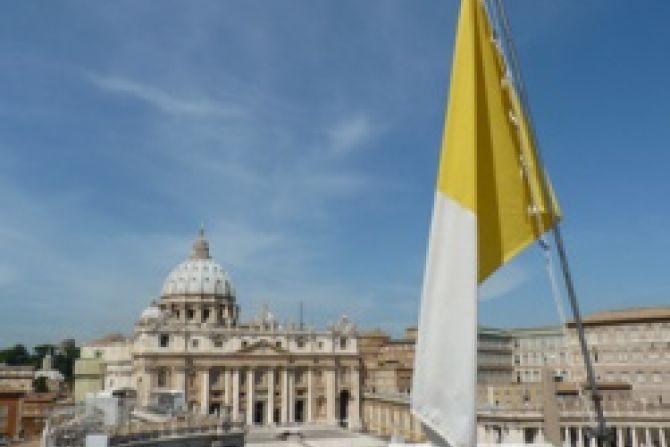Washington, D.C., Nov 27, 2013 / 16:56 pm
The relocation of the U.S. Embassy to the Holy See has come under fire from past U.S. ambassadors who say the move will diminish its influence, though State Department officials defend the decision as good for security.
Former U.S. ambassador to the Holy See James Nicholson said the embassy's planned move to the grounds of the U.S. Embassy to Italy is "another manifestation of the antipathy of this administration both to Catholics and to the Vatican – and to Christians in the Middle East."
"This is a key post for intermediation in so many sovereignties but particularly in the Middle East," Nicholson told CatholicVote.org. "This is anything but a good time to diminish the stature of this post. To diminish the stature of this post is to diminish its influence."
Nicholson, who served as ambassador from 2001-2005 under President George W. Bush, said that the State Department has sought for years to relocate the embassy.
"It came up when I was an ambassador. I explained the folly of this and it went away. But now they seem determined to do this," he said.
The U.S. did not establish full diplomatic relations with the Vatican until 1984, in part because of anti-Catholic sentiment.
The U.S. embassy to the Vatican is presently outside Vatican City in Rome. After its move, it will share a location with the U.S. Embassy to Italy and the U.S. Mission to U.N. Agencies in Rome.
Nicole Thompson of the State Department's press relations office told CNA Nov. 26 that the relocation will take place in late 2014 or early 2015.
Thompson cited security as the primary motive for the move. Security was reviewed after an attack on a U.S. diplomatic post in Benghazi, Libya, killed the U.S. ambassador to the country. Thompson also said the move will save on operating costs.
"We reject any suggestion that this decision, made for security and administrative reasons, constitutes a downgrading of our relations with the Holy See," she said.
Thompson said the State Department had discussed the move with Vatican officials who did not object to the move.
"The United States continues to regard the Holy See as a key bilateral partner in promoting religious freedom, protecting religious minorities, advancing humanitarian causes, and mitigating conflicts around the world," Thompson said. "We look forward to continuing our high levels of engagement with the Holy See."
However, the planned move has drawn criticism from former U.S. ambassadors Francis Rooney, Mary Ann Glendon, Raymond Flynn and Thomas Melady.
Ken Hackett, the present U.S. ambassador to the Vatican, and his immediate predecessor Miguel Diaz, both Obama appointees, support the move, according to John Allen of the National Catholic Reporter.
A senior State Department official stated during a Nov. 25 press conference call that the U.S. ambassador's residence will not change its location. The official said the U.S. diplomatic presence will remain "one of the largest missions accredited to the Holy See" and diplomatic staff will not be reduced.
The official said the Vatican embassy's new location will be in the same compound as the embassy to Italy, but it will have a separate building and separate entrances.
The Embassy to the Holy See on Nov. 27 rejected as "untrue" reports that the embassy would close.



